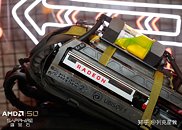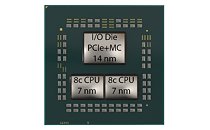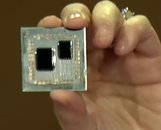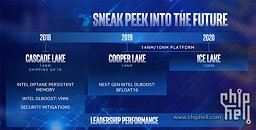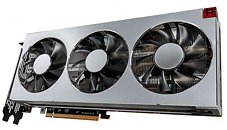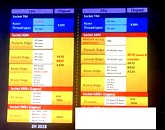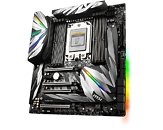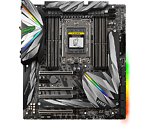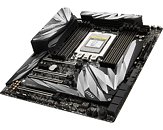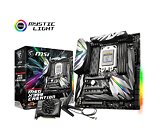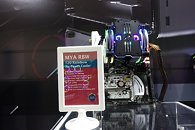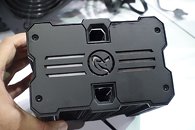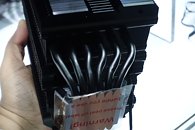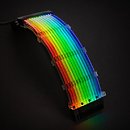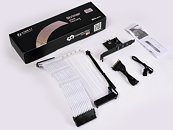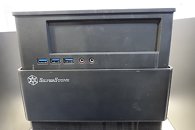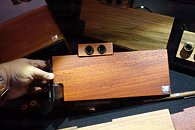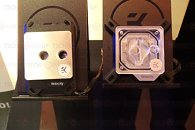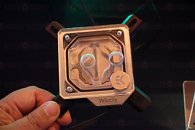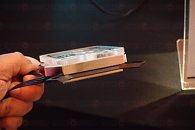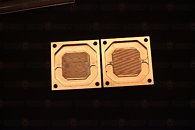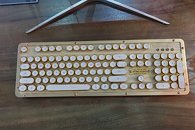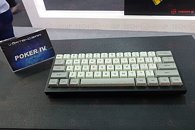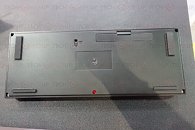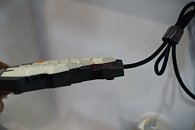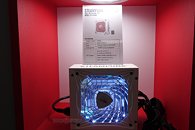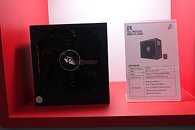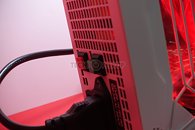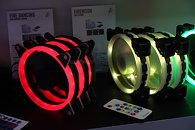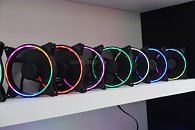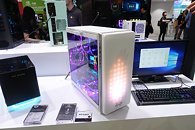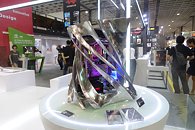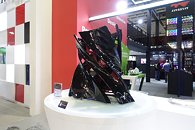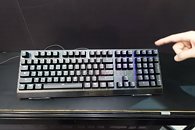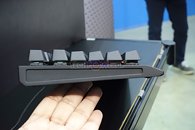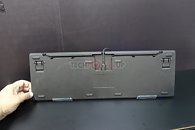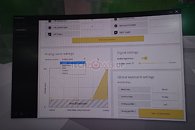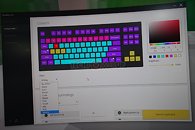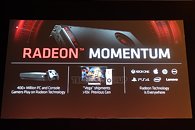
Sapphire Reps Leak Juicy Details on AMD Radeon Navi
A Sapphire product manager and PR director, speaking to the Chinese press spilled the beans on AMD's upcoming Radeon Navi graphics card lineup. It looks like with Navi, AMD is targeting the meat of the serious gamer market, at two specific price points, USD $399 with a "Pro" (cut-down) product, and $499 with an "XT" (fully-fledged) product. AMD has two NVIDIA products in its crosshairs, the GeForce RTX 2070, and the RTX 2060. In the interview, the Sapphire rep mentioned "stronger than 2070", when talking about performance numbers, which we assume is for the Navi XT variant - definitely promising. The $399 Navi "Pro" is probably being designed with a performance target somewhere between the RTX 2060 and RTX 2070, so you typically pay $50 more than you would for an RTX 2060, for noticeably higher performance.
Sapphire also confirmed that AMD's Navi does not have specialized ray-tracing hardware on the silicon, but such technology will debut with "next year's new architecture". They also suggested that AMD is unlikely to scale up Navi for the enthusiast segment, and that the Vega-based Radeon VII will continue to be the company's flagship product. On the topic of Radeon VII custom designs, Sapphire commented that "there is no plans for that". On the other hand, Sapphire is actively working on custom designs for the Navi architecture, and mentioned that "work on a "Toxic" version of Navi is complete, and it is watercooled". Many people have speculated that AMD will unveil Navi at its Computex keynote address on May 27. Sapphire confirmed that date, and also added that the launch will be on 7th of July, 2019.
Sapphire also confirmed that AMD's Navi does not have specialized ray-tracing hardware on the silicon, but such technology will debut with "next year's new architecture". They also suggested that AMD is unlikely to scale up Navi for the enthusiast segment, and that the Vega-based Radeon VII will continue to be the company's flagship product. On the topic of Radeon VII custom designs, Sapphire commented that "there is no plans for that". On the other hand, Sapphire is actively working on custom designs for the Navi architecture, and mentioned that "work on a "Toxic" version of Navi is complete, and it is watercooled". Many people have speculated that AMD will unveil Navi at its Computex keynote address on May 27. Sapphire confirmed that date, and also added that the launch will be on 7th of July, 2019.

